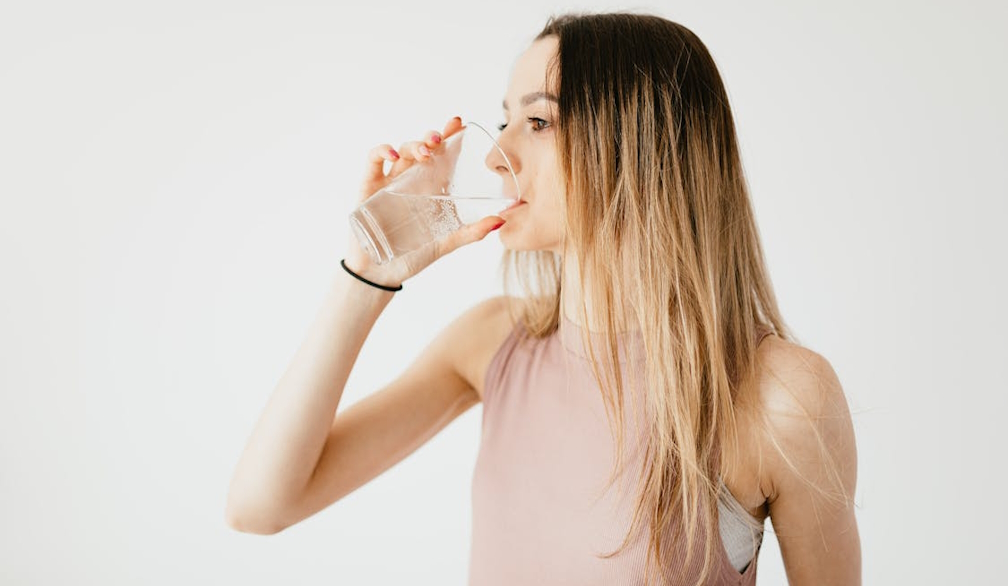Confirmed High Levels of PFAs in Drinking Water - What Does That Mean?

Australians, already sick of the mass health anxiety brought on by the COVID-19 pandemic, received more bad news recently in the form of PFAS.
It seems now that not only do we need to think very carefully about what’s in the air we breathe, but also what hides in our water supply.
As a first world country with generally very stringent water treatment standards for home water supplies, water quality isn’t something many Australians are accustomed to worrying about.
So, what does the confirmation of high levels of PFAS in Australian drinking water mean?
What Are PFAS and Why Should We Care?
PFAS, or perfluoroalkyl and polyfluoroalkyl, are known as ‘forever chemicals.’ These substances, of which there are 14,000 types, are exceedingly difficult to degrade in the environment – and in our bodies. This means that repeated exposures built up their levels over time.
Once in the body, they increase our vulnerability to serious illnesses, including kidney, prostate, liver, and testicle cancers. They have also been linked to hormonal imbalances and immune system suppression.
There are also concerns that increase the risk of pregnancy-related hypertension, as well as low birth weight, fetal bone disorders and development problems in the baby. It also seems there may be a link between PFAS exposure and early puberty in young teens and preteens.
Where Do ‘Forever Chemicals’ Come From?
Forever chemicals are found almost everywhere, with Australia now known to be one of the hotspots for these dangerous substances.
In fact, it is likely that you’re exposed to them every day. They can be found in non-stick cookware, packaging materials, fire-fighting foam, nail polish and other cosmetics. They’re also used on umbrellas and waterproof clothing to repel water.
However, our highest risk of exposure is from contaminated water sources, including treated tap water sources.
How to Reduce Your Exposure to PFAS
Since drinking water most significantly increases exposure to PFAS, one of the best protections is to install a high-quality water filter.
Well regarded plumber, Joe Rantino, has been installing water filters in Sydney for over 20 years.
‘All filters are not created equal,’ he says. ‘To get the best removal of PFAS in a home setting, choose a minimum of a NFS53 rated filter, and if you have the space, you can’t go past a reverse osmosis filter for the best mix of protection and performance.’
While the last thing any of us want is another thing to worry about, it seems that with PFAS, there is something we can do today to reduce our risk.




